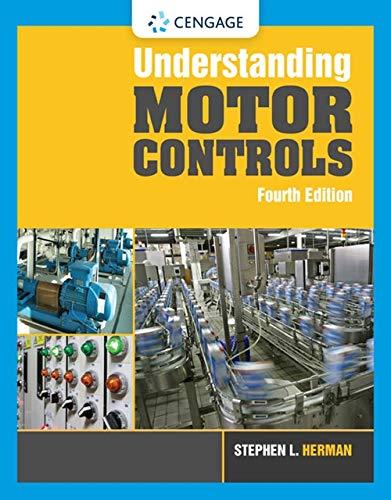
A silicon wafer is doped with 2.50 × 1015 phosphorus atoms/cm3, 3.00 × 1017 boron atoms/cm3, and 3.00 × 1017 arsenic atoms/cm3. Calculate (a) the electron and hole concentrations (carriers per cubic centimeter), (b) the electron and hole mobilities (use Fig. 14.26), and (c) the electrical resistivity of the material.
(a)
The concentration of electrons and holes.
Answer to Problem 74AAP
The concentration of electrons is
The concentration of holes is
Explanation of Solution
Write the expression to calculate the concentration of holes.
Here, concentration of boron atoms is
Write the expression to calculate
Write the expression to calculate the concentration of electrons.
Here, the intrinsic carrier concentration is
Conclusion:
Substitute
Substitute
Substitute
Thus, the concentration of electrons is
Thus, the concentration of holes is
(b)
The electron and hole motilities.
Answer to Problem 74AAP
The mobility of electrons is
The mobility of holes is
Explanation of Solution
Conclusion:
Refer to the Figure-14.26, “The effect of total ionized impurity concentration on the mobility of charge carriers in silicon at room temperature.” to obtain the value of total impurity concentration as
Refer to the Figure-14.26, “The effect of total ionized impurity concentration on the mobility of charge carriers in silicon at room temperature.” to obtain the value of electron mobility at
Thus, the mobility of electrons is
Thus, the mobility of holes is
(c)
The electrical resistivity of the material.
Answer to Problem 74AAP
The electrical resistivity of the material is
Explanation of Solution
Conclusion:
Write the expression to calculate the resistivity for n-type semiconductor.
Substitute
Thus, the electrical resistivity of the material is
Want to see more full solutions like this?
Chapter 14 Solutions
Foundations of Materials Science and Engineering
- In which category do phototransistors and photodiodes belong?arrow_forwardAn atom in a state with l = 1 emits a photon with wavelength 600.000 nm as it decays to a state with l = 0. If the atom is placed in a magnetic field with magnitude B = 2.00 T, what are the shifts in the energy levels and in the wavelength that result from the interaction between the atom’s orbital magnetic moment and the magnetic field?arrow_forwardA typical energy of electrons in a modern transition electron microscope is 300 keV. Calculate the corresponding wavelength of the electron beam assuming that the vacuum inside the microscope is ideal.arrow_forward
- What is bulk micromachining? For which MEMS applications is it used for and on what material(s)? Give examples of materials and techniques used to bulk-micromachine. Provide a process flow diagram of a fabrication process for a sample MEMS device that uses bulk micromachining techniquearrow_forwardFor PCB, why do you need to know the thickness,diaelectric constant and loss tangent for design? What are they explain in basic terms?arrow_forwardA is the simplest type of semiconductor.arrow_forward
- The two materials most often used to produce semiconductor devices are ____________ and ____________.arrow_forwardEngineering science Distinguish elastic, electrical and magnetic hysteresis in different Materials.arrow_forwardWrite 5 characteristics, 2 advantages and 2 disadvantages of Solar Cell.arrow_forward
 Understanding Motor ControlsMechanical EngineeringISBN:9781337798686Author:Stephen L. HermanPublisher:Delmar Cengage Learning
Understanding Motor ControlsMechanical EngineeringISBN:9781337798686Author:Stephen L. HermanPublisher:Delmar Cengage Learning Automotive Technology: A Systems Approach (MindTa...Mechanical EngineeringISBN:9781133612315Author:Jack Erjavec, Rob ThompsonPublisher:Cengage Learning
Automotive Technology: A Systems Approach (MindTa...Mechanical EngineeringISBN:9781133612315Author:Jack Erjavec, Rob ThompsonPublisher:Cengage Learning

